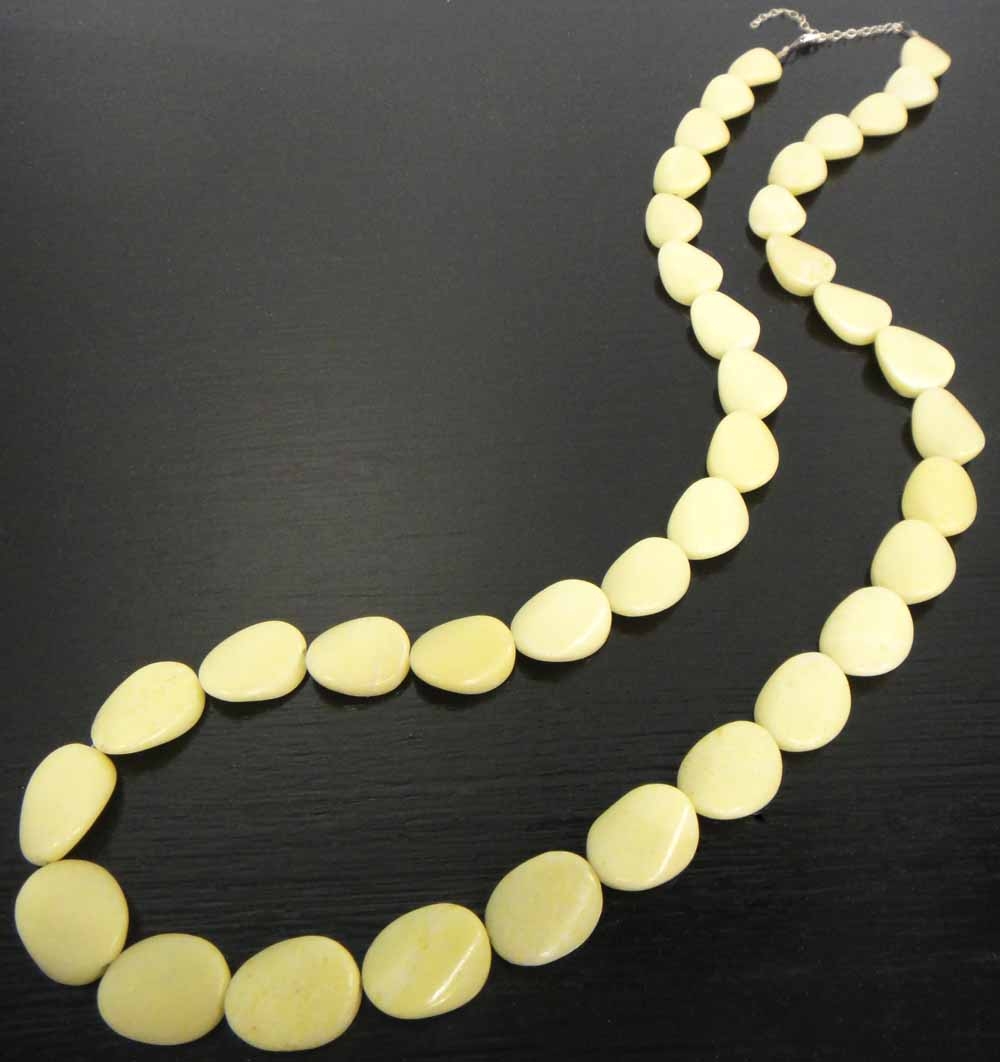

The Mooka creek is a shallow seasonal waterway that has frequently changed its course over the years, leaving behind many dry river beds. It is part of the Windalia Radiolarite, a sedimentary outcrop in the Carnarvon Basin. Mookaite Jasper was named after the Mooka creek in Western Australia where it is found. Because so many different types of stones may be referred to as a Jasper, it is difficult to know exactly which stone is being referenced in ancient and medieval writings. The name Jasper is also given to a variety of spotted rocks, most often a form of Rhyolite, such as Ocean Jasper. However, monochromatic chalcedony is often sold using the name Jasper, such as Yellow Jasper, as is multicolored chalcedony without spots, like Mookaite Jasper. It comes from the French word jaspre, which literally means “spotted or speckled stone” Some Jaspers are “true Jaspers,” meaning they are an opaque variety of spotted Chalcedony, like Brecciated Jasper. The name “Jasper” is a generic name given to any spotted or multicolored stone.

Try it in combination with Bloodstone, Brecciated Jasper, Desert Jasper, Picture Jasper, Red Jasper, and Yellow Jasper. Mookaite Jasper’s energy works well with its family – other true Jaspers. Terms like “Jasper” are used in common language. From a strictly scientific perspective, it is best defined as a silicified Radiolarite. Mookaite is sometimes described as a chert, opalite or chalcedony. These are typically grouped together under the name Chalcedony, or it’s subcategories Agate and Jasper. Microcrystalline quartz has crystals so small they can only be seen through a microscope. Macrocrystalline quartz has well-formed crystals that are large enough to be seen by the naked eye, for example, Amethyst or Clear Quartz. The Quartz family can be further divided into two categories, macrocrystalline and microcrystalline, all of which can be colorless or appear in every shade of the raimbow. There are six main groups of Silicate minerals, and these main groups are further subdivided into secondary subdivisions, such as Quartz and Feldspar. These tetrahedra connect with other chemical structures, in six different ways, to form various minerals and rocks.

Together, these two elements form a tetrahedron – a shape similar to a pyramid – with a Silicon atom in the center and Oxygen atoms at each of the four corners. Silicates are minerals which contain the elements Silicon (a light gray shiny metal) and Oxygen (a colorless gas). Mookaite is a famous variety of Jasper and a Silicate mineral.


 0 kommentar(er)
0 kommentar(er)
